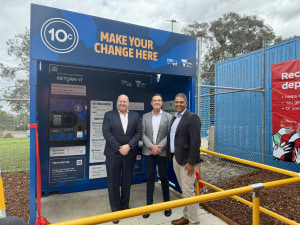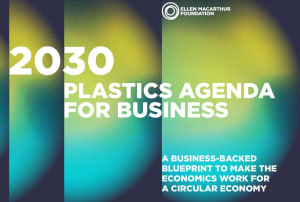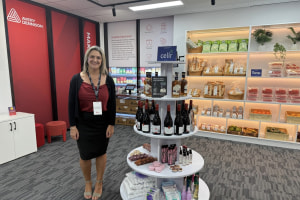At a time when digital innovation is reshaping industries across the board, the food and beverage sector is embracing a technological revolution of its own. Augmented reality (AR) is at the forefront of this transformation.

AR is a game-changing technology that is already beginning to redefine remote support and operational efficiency in food manufacturing plants worldwide. It is both enhancing productivity and revolutionising the fabric of how food and beverage companies operate, troubleshoot, and innovate by bridging the gap between the physical and digital worlds.
Picture this: a production line in a large beverage bottling plant suddenly grinds to a halt. In the past, this scenario would have triggered a cascade of phone calls, frantic email exchanges, and costly downtime as technicians scrambled to diagnose and fix the issue. Enter AR, and the script is entirely rewritten.
Today, a floor worker equipped with AR-enabled smart glasses can instantly connect with a remote expert. As the worker surveys the malfunctioning equipment, the expert sees exactly what they see in real time. Using AR annotation tools, the expert can overlay schematics, highlight specific components, and provide step-by-step visual instructions directly in the worker’s field of view. This immersive guidance drives rapid troubleshooting and resolution, minimising downtime and maximising productivity.
The multiple uses of AR in action
The applications of AR in food and beverage manufacturing extend far beyond emergency troubleshooting. In quality control, AR can superimpose ideal product specifications over actual products on the production line, delivering instant visual comparisons and quality checks. New employees can be trained using AR simulations that overlay instructions on real equipment, accelerating the learning curve and reducing the risk of errors.
AR can guide routine maintenance procedures, ensuring that no steps are missed and all safety protocols are followed to the letter. AR can provide real-time visualisation of supply chain data, letting managers see inventory levels, shipment statuses, and potential bottlenecks in an intuitive, spatial format. For food manufacturers, AR can display recipe information directly in the operator’s line of sight, ensuring consistency and reducing errors in food preparation.
A well-balanced blend of human and digital
Looking to the future of food and beverage manufacturing, it’s clear that AR will play an increasingly central role. The integration of artificial intelligence with AR will lead to predictive maintenance systems that can identify potential issues before they occur, further reducing downtime. AR will facilitate seamless human-robot collaboration, with workers using AR interfaces to program, monitor, and work alongside robotic systems in real time.
Companies could even start using AR to offer virtual factory tours, showing consumers how their favourite products are made, enhancing transparency and brand loyalty. AR will play a crucial role in optimising resource usage and reducing waste by providing real-time data on energy consumption, water usage, and material flow. The technology will also support instant knowledge transfer across global operations, so workers can share and implement best practices rapidly across different facilities.
Beyond these applications, AR can revolutionise several other aspects of food and beverage manufacturing. For example, AR-enabled smart glasses could show quality control inspectors real-time overlays of product specifications, allergen information, and quality metrics as they examine products on the production line. Similarly, in product development, AR could be used to visualise nutritional content and ingredient combinations, helping food scientists create products tailored to specific dietary needs or preferences.
Even the packaging design process could be transformed by AR tools, letting designers visualise and test different packaging concepts in real time, considering factors like shelf appeal, sustainability, and functionality. This technology could streamline the design process and lead to more innovative and effective packaging solutions.
These are not futuristic claims. AR is a present reality that’s already reshaping the manufacturing landscape and, as the technology continues to mature and become more accessible, its adoption is set to accelerate. The companies that embrace this technology early stand to gain a significant competitive advantage, not just in terms of operational efficiency, but in their ability to attract talent, ensure quality, and meet the ever-increasing demands of consumers for transparency and sustainability.
Andrew Belger is the head of sales ANZ for TeamViewer.






